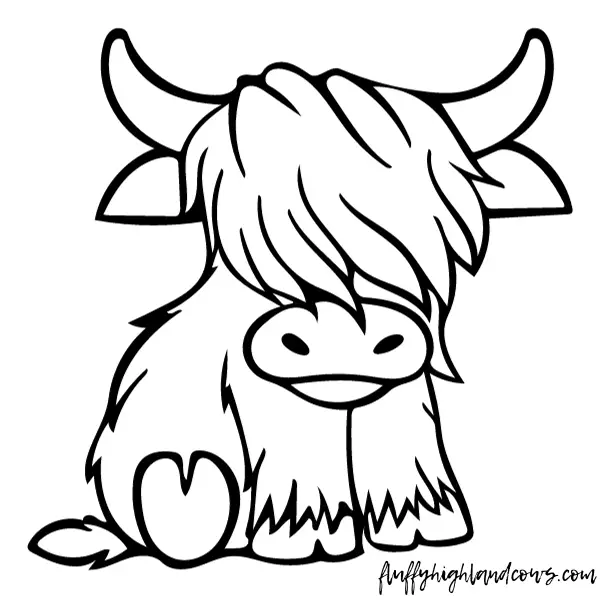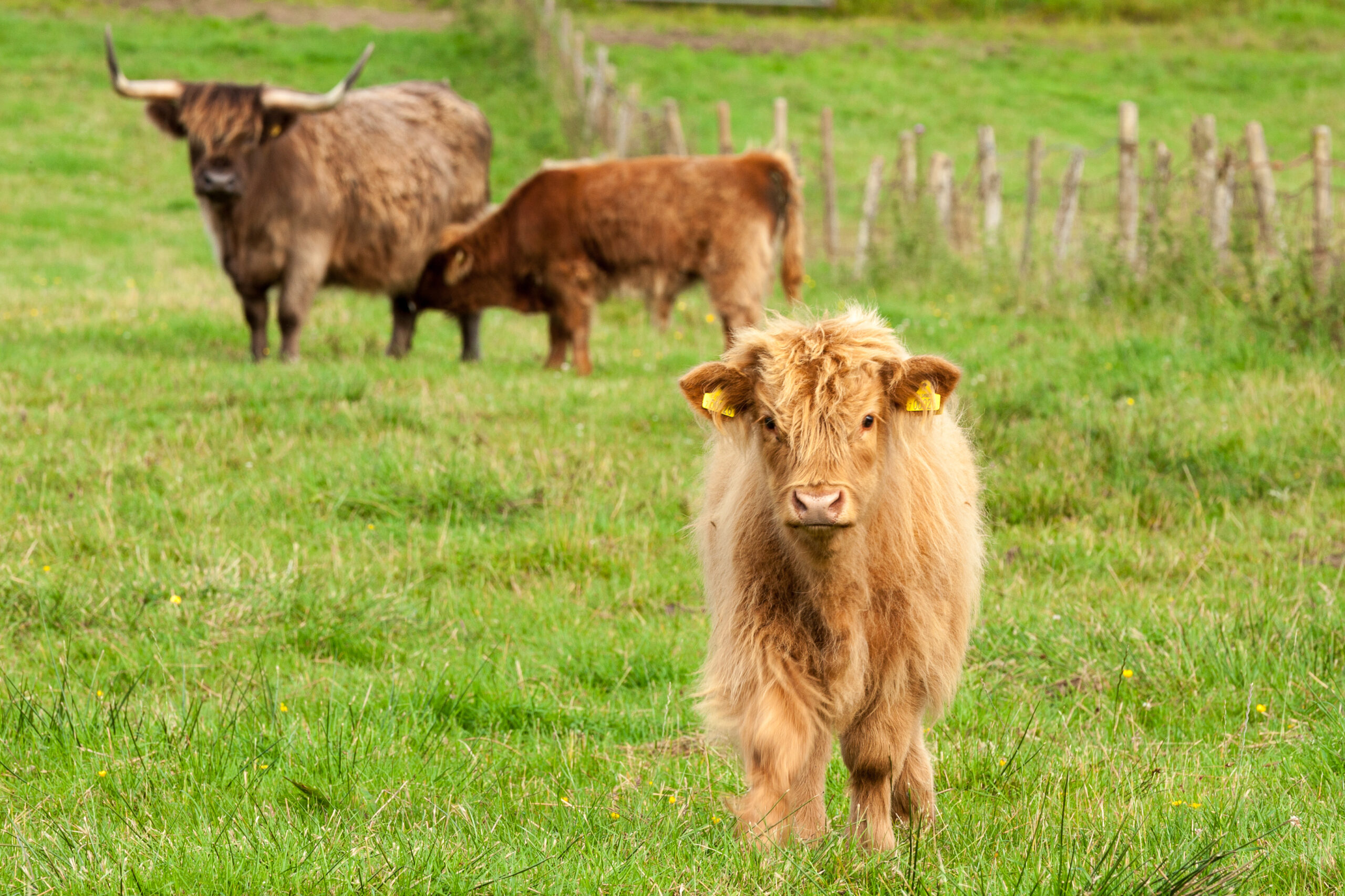Scottish Highland Cows: Discovering Their Unique Charm and Importance
I recently had the pleasure of visiting McLaughlin Farm in Jackson, Michigan, where I encountered the most adorable, fluffy ginger cows. Affectionately known as Scottish Highland cows, these incredible animals are both fascinating and endearing.
Allow me to share with you some intriguing details about these charming creatures, including their origins and their purpose in today’s world (besides being irresistibly cute).
Over a warm cup of tea and a Scottish shortbread biscuit, we’ll explore the world of Highland cows and their mini versions as well. By the end of our journey, you may even find yourself contemplating the addition of one of these amazing animals to your own farm. So, let’s dive into the captivating world of Highland cows!
The History Of Scottish Highland Cows
Where It Began
I always marvel at the rich history of Highland cows, which have been an essential part of the Scottish Highlands for centuries. These amazing creatures adapted to the harsh conditions of their environment, evolving into a robust and hardy breed.
A Note On Their Coat
One of the most distinctive features of Highland cows is their fabulous coats. Their long, wavy hair protects them from challenging weather conditions, making them well-suited for the rugged Scottish landscapes. I find their variety of colors – from black to red, to brindle – absolutely fascinating.
Key Environmental Characteristics
Highland cows don’t just look impressive, their resilience to harsh conditions can’t be overstated. They can thrive in wet and cold climates, and their ability to graze on rough pastures helps them make the most of the Scottish highlands. These qualities have allowed them to flourish for so long in their native land.
Where Are They Now
Highland cows have come a long way from their Scottish origins. Nowadays, they can be found all around the world, especially in North America, Australia, and Europe. Their adaptability and unique features have truly put them on the map.
How Much Does a Highland Cow Cost?
If you’re like me and have been wondering about the cost of owning a Highland cow, the answer is not always straightforward. Prices vary depending on factors such as location, age, and breed quality. Typically, the price range can fall anywhere between $1,000 to $5,000 per cow. This may seem steep, but keep in mind these gentle giants are truly one-of-a-kind.
Do Highland Cows Make Good Pets?
I know they’re adorable, but don’t let those long locks and big, brown eyes fool you. Highland cows are livestock, not pets. While they have a reputation for being gentle and docile, their size alone makes them unsuitable for most households. However, if you have the space, resources, and experience, they can make wonderful additions to a small farm or homestead.
What Are Highland Cows and Mini Highland Cows Utilized For?
1) Meat
I know that despite their adorable appearance, Highland cows and their miniature counterparts are often raised for their meat. Interestingly, Highland beef is recognized for its high quality and low cholesterol levels, making it a healthier option similar to lean meats like chicken or fish.
2) Milk
Highland cows are known for their gentle nature, which makes them excellent family milk cows. While they produce around 2-3 gallons of milk daily, they might not be the best choice for large-scale dairy farms. Their milk boasts a high butterfat content of up to 10%, adding to its deliciousness and versatility. In fact, it can be used to create butter, cheese, cream, and even ice cream!
3) Showing
I’ve also noticed that Highland cows stand out in livestock shows due to their unique coat and personality. As one of the oldest registered cattle breeds, they are easily recognizable by their long horns, thick flowing coats, and adaptability. These animals have been bred for their hardiness over many years and can now be found thriving across the globe.
Where to Find Scottish Highland Cows on Your Travels
North Scotland
During my travels in the north of Scotland, I came across a few wonderful places where you can see these majestic animals. The beautiful Redburn Cafe on the A887 near Invermoriston allows you to get up close and personal with the Highland cows. They even sell little bags of munchies to feed these gentle creatures, enhancing your experience.
I also had the pleasure of visiting a farm where Highland cow safaris are offered. The farm tour provides you with information about how these cows benefit wildlife, and there will be plenty of opportunities to take amazing photos.
Aberdeenshire
Aberdeenshire, a region on the east coast of Scotland, also has its fair share of places for spotting Highland cows. One such place is the Swanston Farm, just five miles from the city center of Edinburgh. After taking a short bus ride and a brief walk, I found myself at the base of the farm, surrounded by a beautiful landscape and of course, the adorable Highland cows.
Another memorable stop was near Inverness at the Redburn Café and Gift Shop in Glenmoriston, close to the banks of Loch Ness. This lovely café serves delicious treats, and even offers food for the cows which you can buy and feed them yourself.
In conclusion, my love for Scottish Highland cows grew as I traveled and met them in these picturesque locations. If you’re planning a trip to Scotland, be sure to visit these amazing places and make unforgettable memories with these gentle giants.
Highland Cows: Your New Fluffy Friend
I’ve always been fascinated by Highland cows and their mini versions since they have such a rich history that spans from Scotland to various corners of the world. Even after centuries, their popularity hasn’t waned!
Nowadays, you can find Highland cows being used for various purposes, such as meat production, small-scale milk farming, or even as “show cows” due to their majestic appearances and friendly nature.
One thing that never fails to catch my attention is their adorable, fluffy “bangs” that make them even more endearing. No matter the purpose, I think we can all agree that Highland cows are truly unique and lovable creatures. With these gentle giants around, there’s no doubt that they’ll brighten up any farm or countryside!

